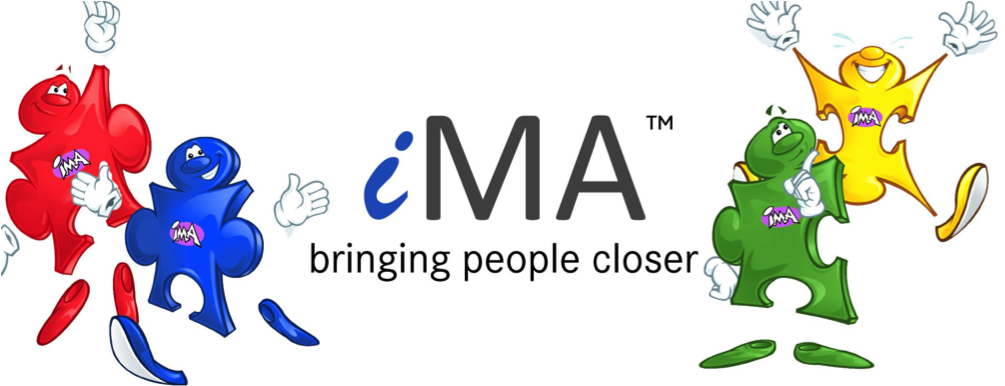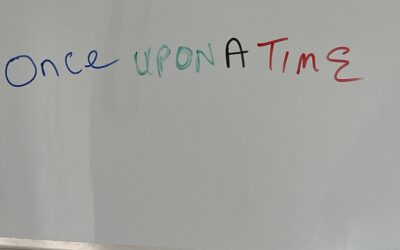Effective communication is the foundation of successful interactions, relationships, and workplaces. It’s not just about talking — it’s about connecting, understanding, and influencing others in meaningful ways. Clear, honest communication builds trust, fosters collaboration, and drives results, while poor communication can lead to misunderstandings, conflict, and lost opportunities.
In this article, we’ll explore why good communication matters, how to improve it, and how the iMA system can help you communicate effectively with anyone. Before we look at how the iMA system supports better communication, let’s first explore the key benefits of clear, effective communication in action.
The Key Benefits of Clear Communication
Strong communication skills impact every part of a business. They turn good intentions into action, align teams toward shared goals, and create a culture of trust and understanding. Here are some of the key ways effective communication drives success.
Builds Trust and Credibility
People follow leaders they trust. Clear and honest communication:
- Strengthens relationships
- Builds confidence
- Positions you as reliable and credible
Improves Teamwork and Collaboration
Open communication removes confusion and conflict, making it easier for teams to:
- Share ideas freely
- Work toward shared goals
- Solve problems together
Increases Productivity and Efficiency
Clear expectations and instructions help people:
- Spend less time guessing
- Focus on doing their work
- Meet deadlines more reliably
Enhances Customer Experience
Great communication ensures customers feel:
- Understood and supported
- Valued and respected
- More likely to remain loyal and recommend your business
Reduces Stress and Conflict
Misunderstandings create tension. Transparent communication:
- Prevents problems before they escalate
- Minimises workplace stress
- Promotes a positive, collaborative environment
Drives Innovation and Problem-Solving
When people feel safe to speak up:
- Creativity grows
- Better ideas emerge
- Decisions are made more effectively
How to Communicate More Effectively
Communication is a skill — not a personality trait. It requires practice and adaptation. Here are simple but powerful habits to build stronger communication skills:
- Listen more than you speak
- Ask questions before assuming
- Use simple, clear language
- Make eye contact and show engagement
- Be aware of tone and body language
- Pause before reacting
- Seek feedback on your communication style
These simple habits can make a huge difference in how effectively you connect with others. To take your communication to the next level, consider joining Ashley Boroda’s public speaking courses in London to build confidence and refine your delivery.
Understanding Communication Styles
People communicate differently based on two main factors:
- Assertiveness
- Assertive: Comfortable expressing opinions, working quickly, making decisions
- Non-assertive: More cautious, works slowly, focuses on the present
- Thinking Style
- Left-brain: Logical, practical, task-oriented
- Right-brain: Informal, relationship-focused, feelings-oriented
Key point: Knowing your style is only part of the puzzle. The real skill is identifying others’ styles and adapting your approach to connect effectively.
The four iMA styles:
- High Red: Assertive and right brain thinking: goal-oriented, and fast-paced.
- High Yellow: Assertive and left brain thinking: creative, persuasive, and enjoys starting new projects.
- High Green: Non-assertive and left brain thinking: systematic, relationship-oriented, and focuses on precision and detail.
- High Blue: Non-assertive and right brain thinking: reflective, emotional, and values personal relationships and harmony.
iMA, which stands for Identify, Modify, Adapt, is a universal language designed to enhance communication, teamwork, and interaction between people with different behavioural characteristics — discover how the iMA system works.
How iMA Is Used
- Workplace Communication: Improves teamwork, management, and sales interactions
- Personal Development: Increases self-awareness and tolerance for different perspectives
- Team Building: Bridges communication gaps, helping teams work more effectively
Communication Is Human Connection
At its core, communication is about connection:
- Aligning minds
- Understanding perspectives
- Working together
Good communication can:
- Build trust
- Inspire action
- Solve problems
- Bring people together
- In a world full of noise, the ability to communicate clearly is a competitive advantage.
Conclusion
Great communication isn’t about talking more — it’s about connecting better. By strengthening your communication skills, you can:
- Lead more effectively
- Build stronger relationships
- Achieve better results
Communication isn’t just a skill; it’s the foundation of every successful interaction, relationship, and workplace.




